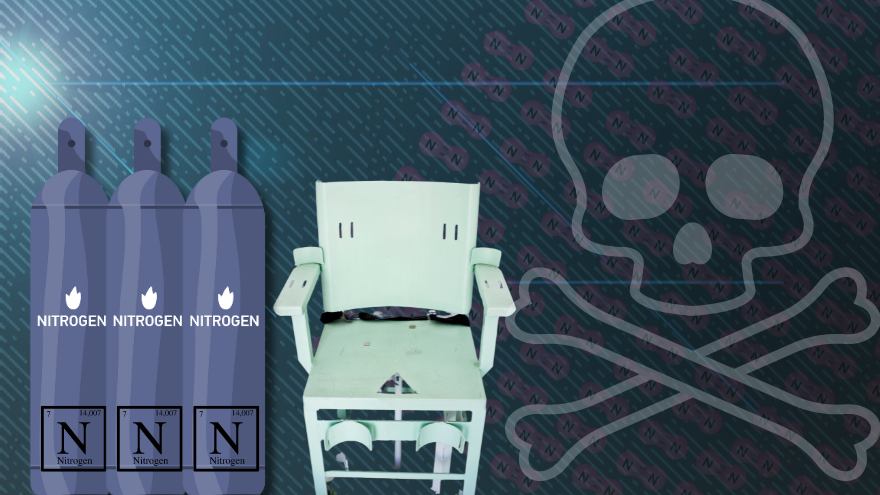The Attorney General of Ohio supports a movement among state lawmakers to add nitrogen hypoxia to the approved methods of execution.
The nation’s first execution by nitrogen gas took place in Alabama on Jan. 25. Although the method was requested by the inmate – Kenneth Eugene Smith – after a failed attempt at lethal injection, the never-tried method prompted an outcry from his legal team and other activists who felt there were too many risks. Alabama’s first-of-its-kind execution was compared to human experimentation by a committee from the United Nations.
Ohio Attorney General Dave Yost argued that nitrogen hypoxia would end the state’s unofficial execution moratorium enacted by Governor Mike DeWine in 2020. At the time, Ohio was struggling to find the drugs required for its executions. The governor said he remained supportive of capital punishment, but that lethal injection was “impossible from a practical point of view.”
“Saying that the law of Ohio should be thwarted because pharmaceutical companies don’t want to sell the chemicals is an abdication of the sovereignty of the state of Ohio, which still has this law on the books,” said Yost during a news conference on Jan. 30, per AP News. “It’s important to recognize that Europe is already using this for assisted suicide.”
“I am aware of the moral weight of this debate, but this is the law of the land,” Yost said.
State Representative Brian Stewart and Phil Plummer proposed adding the alternative method as part of new legislation introduced this week. Inmates would have the option to choose between lethal injection and nitrogen gas. However, if the drugs needed for lethal injection are not available, executions would be conducted with nitrogen gas.
Ohio has not carried out an execution since July 2018. There are currently 118 men and one woman on death row in the state with four executions scheduled for 2024. At least 26 men have had their executions delayed once amid the drug shortage. Of those, 10 have had their execution delayed multiple times reports State News.
Nitrogen hypoxia is currently only approved in Alabama, Mississippi and Oklahoma.
Proponents of the alternative to lethal injection argue the method is a more humane method of execution. Under Alabama’s protocol, the inmate is strapped to a gurney and breathes in pure nitrogen gas until they are unconscious and eventually stop breathing. Nitrogen is colorless and odorless.
“When you put that bell jar overtop of the burning candle, the candle will burn off the oxygen that’s contained in the bell jar,” said Joel Zivot, an associate professor of anesthesiology and surgery at Emory University, while describing the effect of nitrogen to the Montgomery Advertiser. “And then at some point, when the oxygen is all utilized, the candle will extinguish because we need oxygen to fuel combustion. And the same thing is at the cellular level. When oxygen levels fall, the organ systems will start to fail.”
Oklahoma Governor Kevin Stitt told AP News on Jan. 30 that he remains confident in his state's lethal injection protocols and that he does not intend to prioritize nitrogen hypoxia.
“I know exactly how it works. I know exactly what they’re doing,” Stitt said of the protocols, which were revised in 2020. “I don’t want to change a process that’s working.”

